Xhosa Dresses: Traditional Garments that Showcase South African Heritage
Xhosa Dresses: Traditional Garments that Showcase South African Heritage
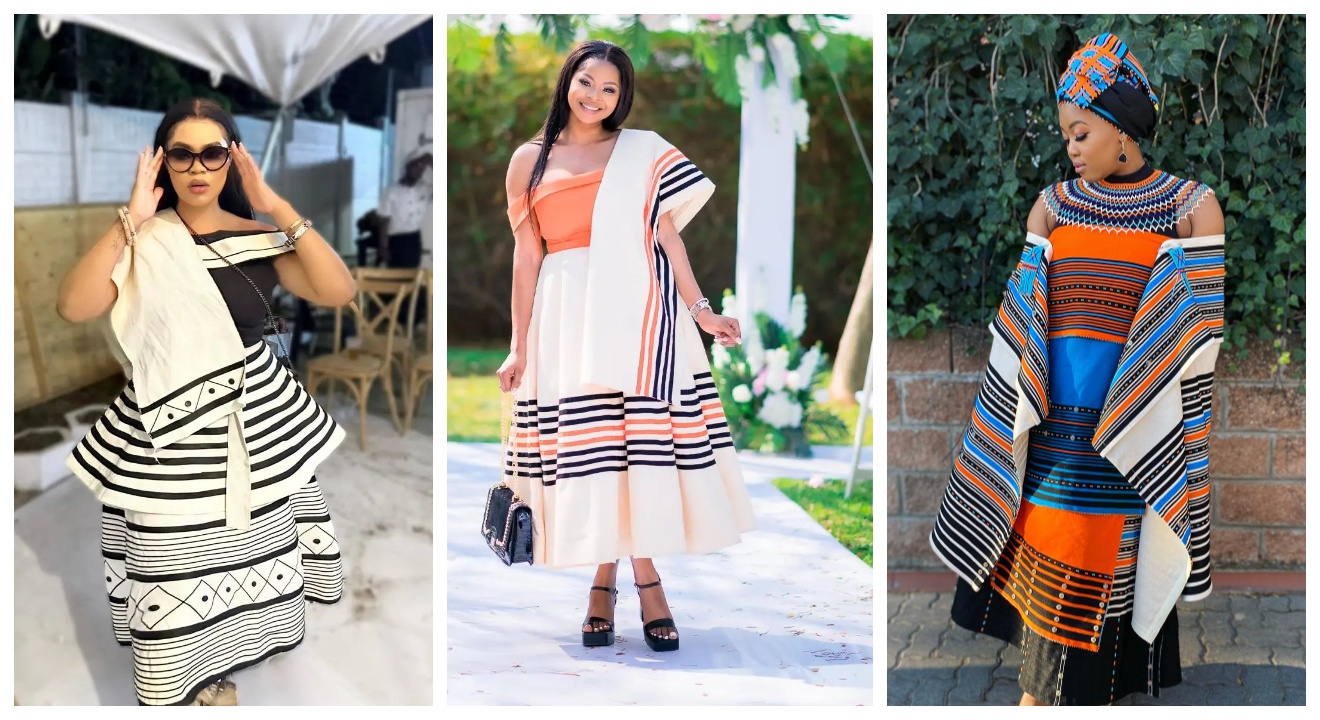
Introduction
Xhosa dresses are traditional garments that hold great significance in showcasing the rich cultural heritage of South Africa. These dresses are not just pieces of clothing; they are a reflection of the Xhosa people’s traditions, beliefs, and history. From vibrant colors to intricate beadwork, Xhosa dresses are a visual representation of the cultural diversity and beauty of South Africa.
The significance of Xhosa dresses in showcasing South African heritage
Xhosa dresses play a vital role in preserving and celebrating South African heritage. Here are a few key points highlighting their significance:
- Cultural Identity: Xhosa dresses are an integral part of the Xhosa culture and serve as a symbol of cultural identity. They represent the traditions, customs, and values passed down through generations.
- Aesthetic Appeal: Xhosa dresses are known for their vibrant colors, bold patterns, and intricate beadwork. These elements not only make the dresses visually stunning but also reflect the artistic skills and creativity of the Xhosa people.
- Celebration of Diversity: South Africa is a diverse country with various ethnic groups, each having its unique traditions. Xhosa dresses showcase the diversity within South African culture and highlight the beauty of this multicultural nation.
- Promotion of Tourism: Xhosa dresses have become popular tourist attractions as they provide visitors with an opportunity to experience and appreciate South African culture firsthand. They contribute to the country’s tourism industry by attracting visitors interested in learning about local traditions.
In conclusion, Xhosa dresses hold immense cultural significance in showcasing South African heritage. They serve as a visual representation of the rich traditions, values, and diversity that make up the fabric of South African society.
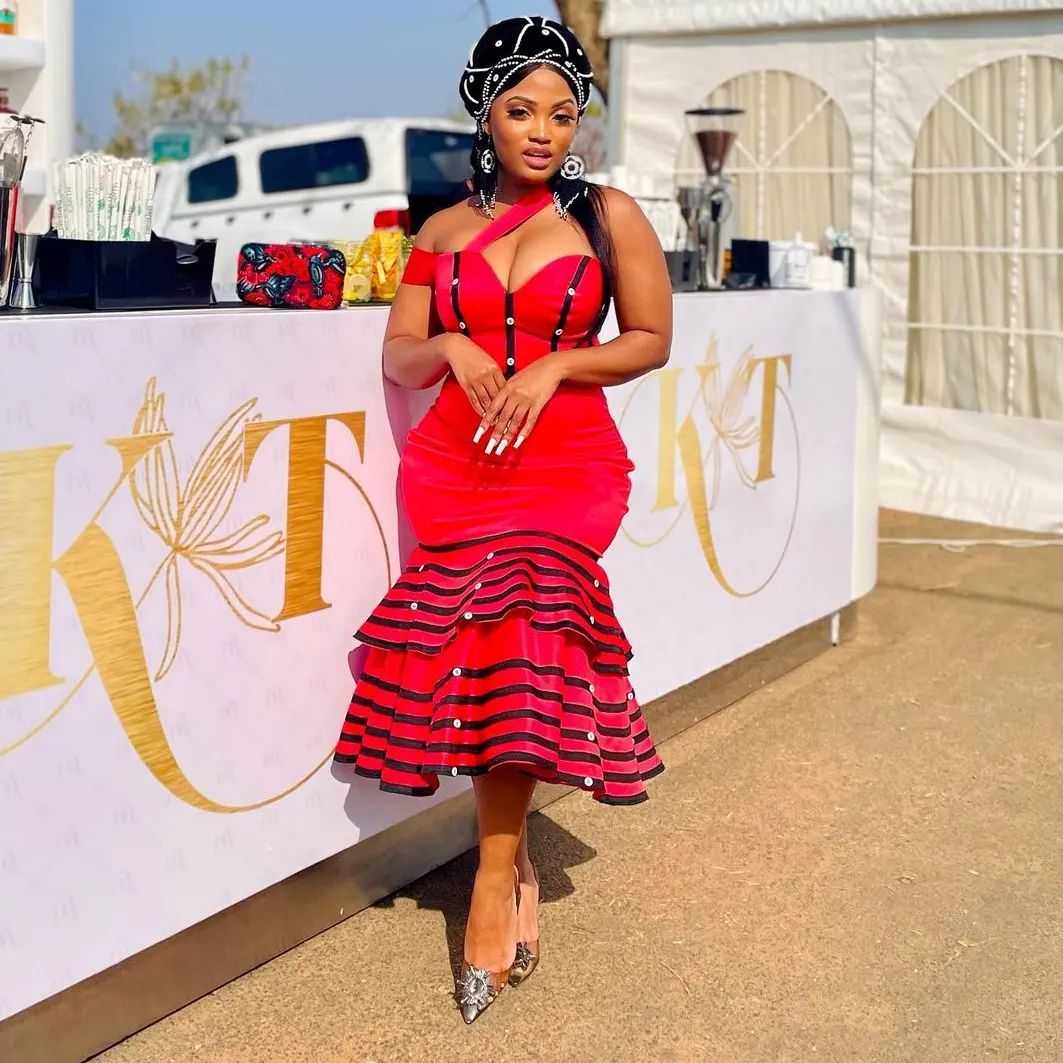
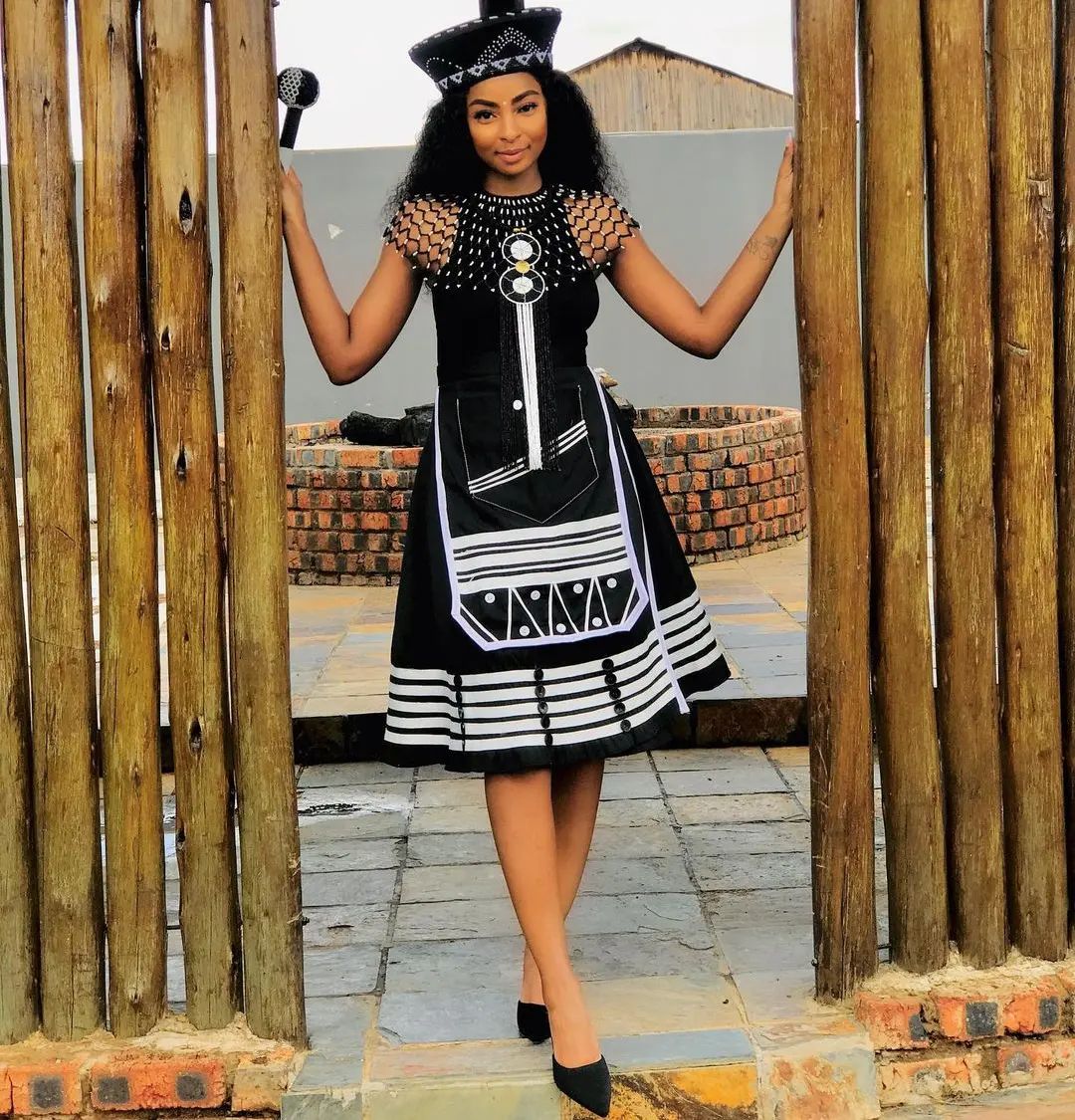
Xhosa Dresses: A Brief History
Xhosa dresses hold a significant place in South African culture, representing the rich heritage of the Xhosa people. These traditional garments have evolved over time, reflecting both cultural traditions and modern influences. From vibrant colors to intricate beadwork, Xhosa dresses are a visual celebration of the Xhosa identity and pride. Let’s explore the evolution and cultural significance of these beautiful garments.
Evolution and cultural significance of Xhosa dresses
Xhosa dresses have a long history that dates back centuries. Originally, these dresses were made from animal skins and adorned with natural dyes. Over time, the introduction of European fabrics and sewing techniques influenced the design and construction of Xhosa dresses.
Today, Xhosa dresses are known for their vibrant colors, bold patterns, and intricate beadwork. Each dress is carefully crafted to reflect the individual’s status, age, and role within the community. These garments are not only worn for special occasions but also serve as a symbol of cultural pride and identity.
Xhosa dresses play a vital role in preserving and showcasing South African heritage. They serve as a visual representation of the Xhosa culture’s resilience, creativity, and connection to their ancestral roots. Through these dresses, the Xhosa people continue to pass down their traditions from one generation to another, ensuring that their rich heritage remains alive and celebrated.
In conclusion, Xhosa dresses are more than just garments; they are a testament to the cultural heritage of the Xhosa people. With their vibrant colors, intricate designs, and deep cultural significance, these dresses continue to captivate and inspire people around the world.
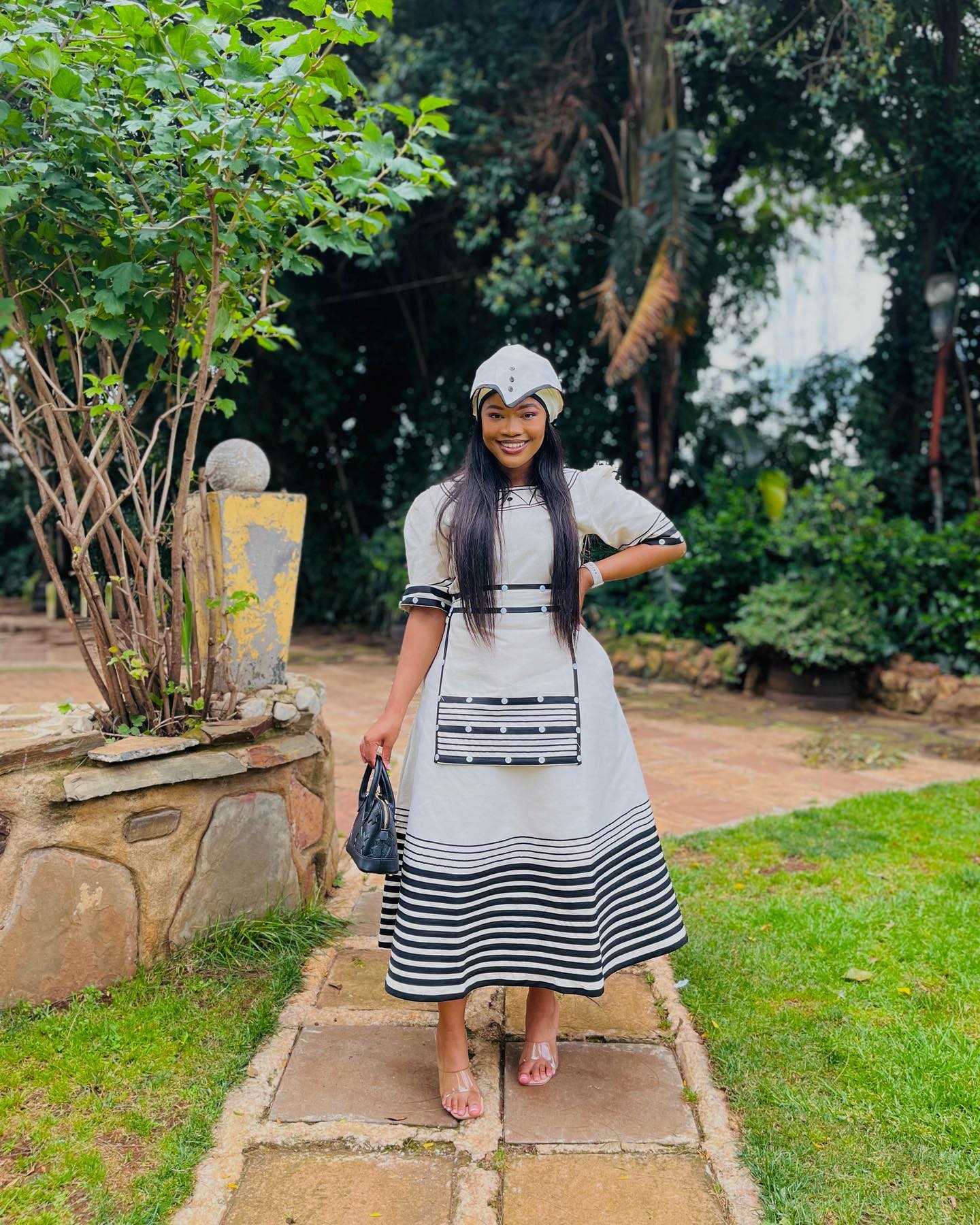
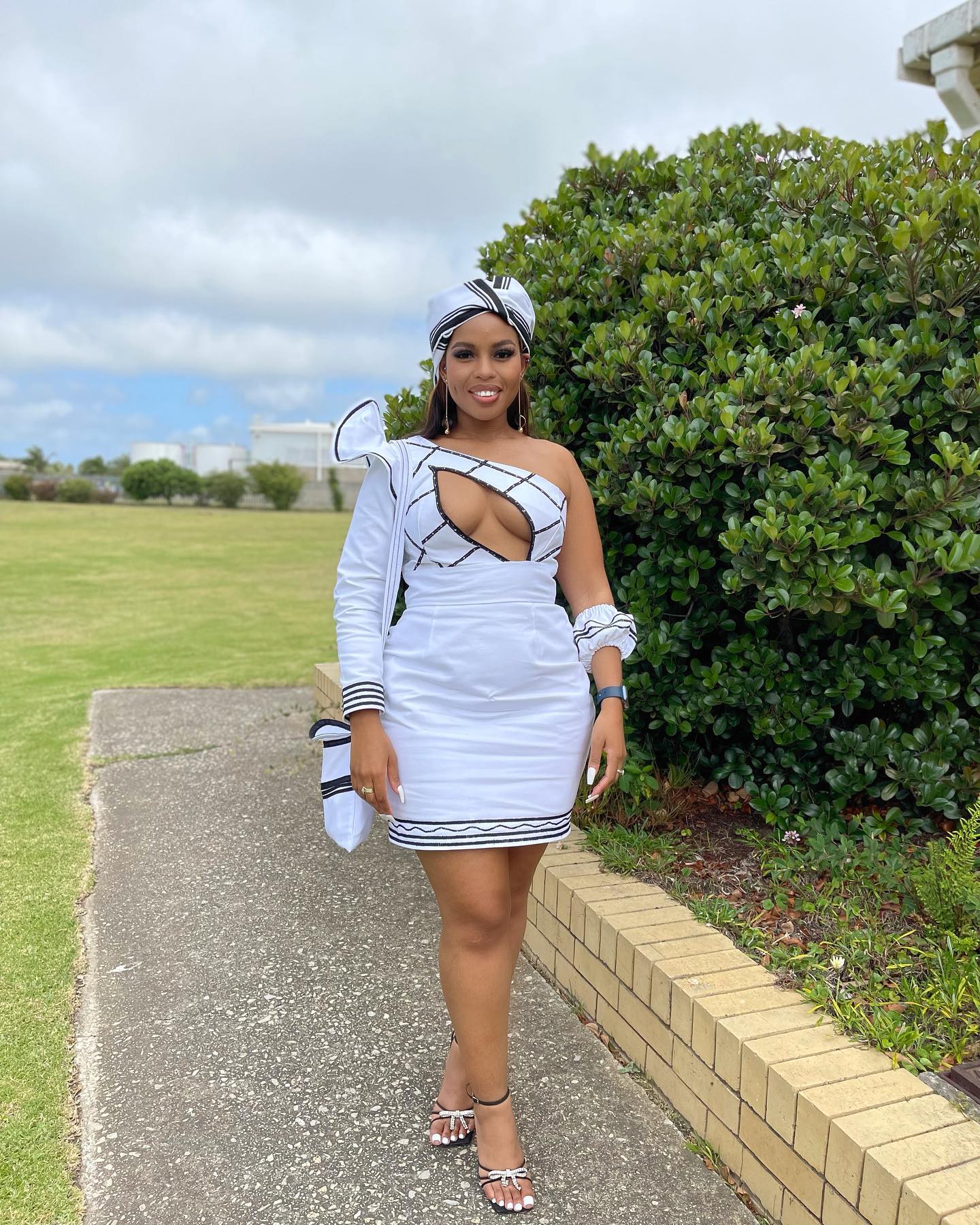
Xhosa Traditional Fabrics and Colors
The Xhosa people of South Africa have a rich cultural heritage, and their traditional dress plays a significant role in showcasing their identity. The materials and colors used in Xhosa dress designs are steeped in symbolism and carry deep cultural meaning.
Materials and colors commonly used in Xhosa dress designs
- Shweshwe fabric: This iconic fabric is widely used in Xhosa dress designs. It is a printed cotton fabric that comes in vibrant colors and intricate patterns. Shweshwe fabric is known for its durability and is often used to create dresses, skirts, and headscarves.
- Bright colors: Xhosa traditional dress is characterized by bold and vibrant colors. Red, blue, yellow, and green are commonly seen in Xhosa garments. These colors represent various aspects of Xhosa culture, such as spirituality, fertility, and celebration.
- Beadwork: Beads are an integral part of Xhosa dress designs. They are used to adorn garments, accessories, and even hairstyles. Beadwork often features intricate patterns and symbols that hold cultural significance.
- Printed patterns: Xhosa dress designs often incorporate printed patterns that tell stories or convey messages. These patterns can represent tribal affiliations, family lineage, or significant events.
Xhosa traditional dress is not just clothing; it is a visual representation of cultural pride and heritage. The use of specific fabrics, colors, and patterns in Xhosa dress designs helps preserve the traditions of the Xhosa people while also celebrating their unique identity.
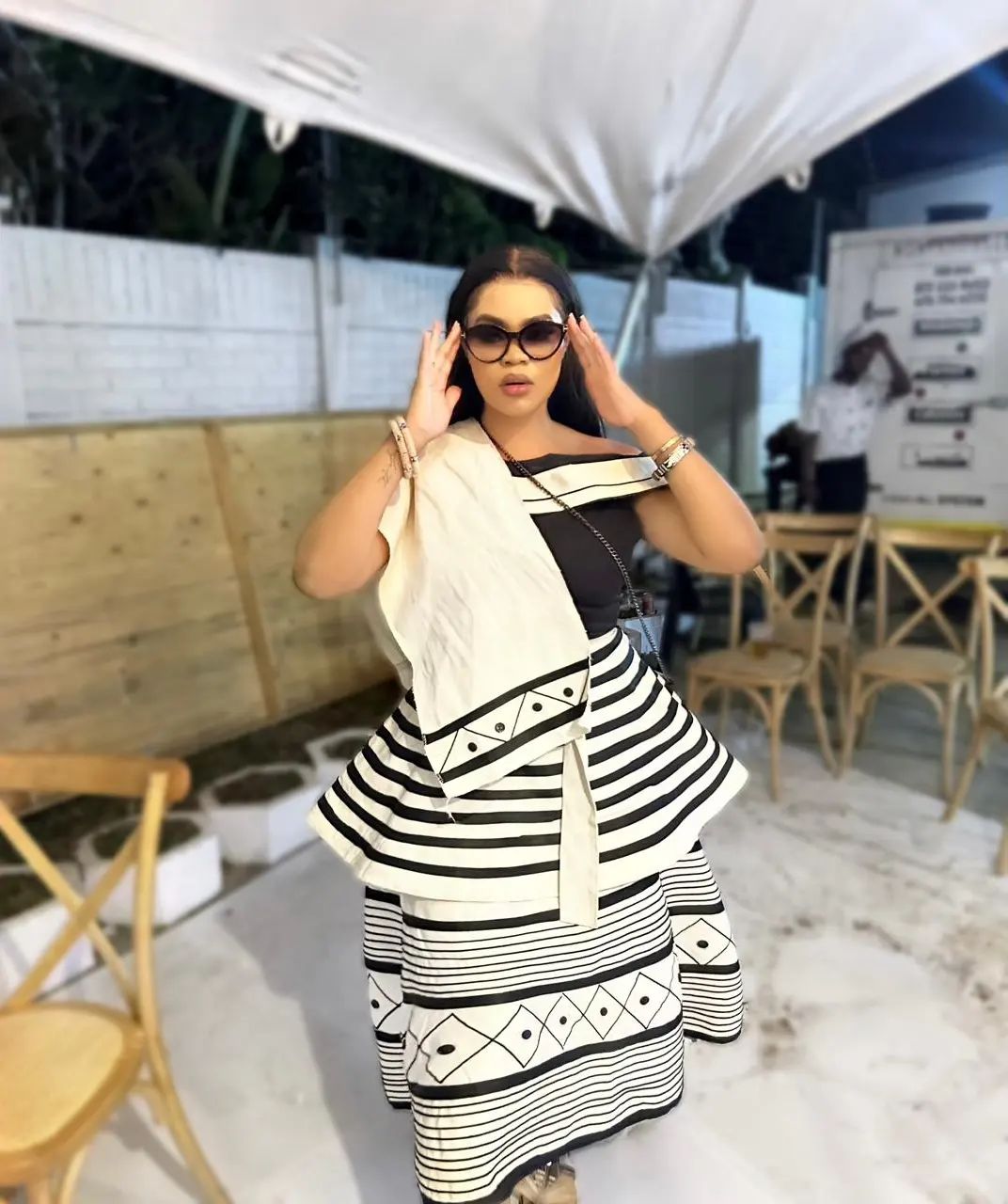
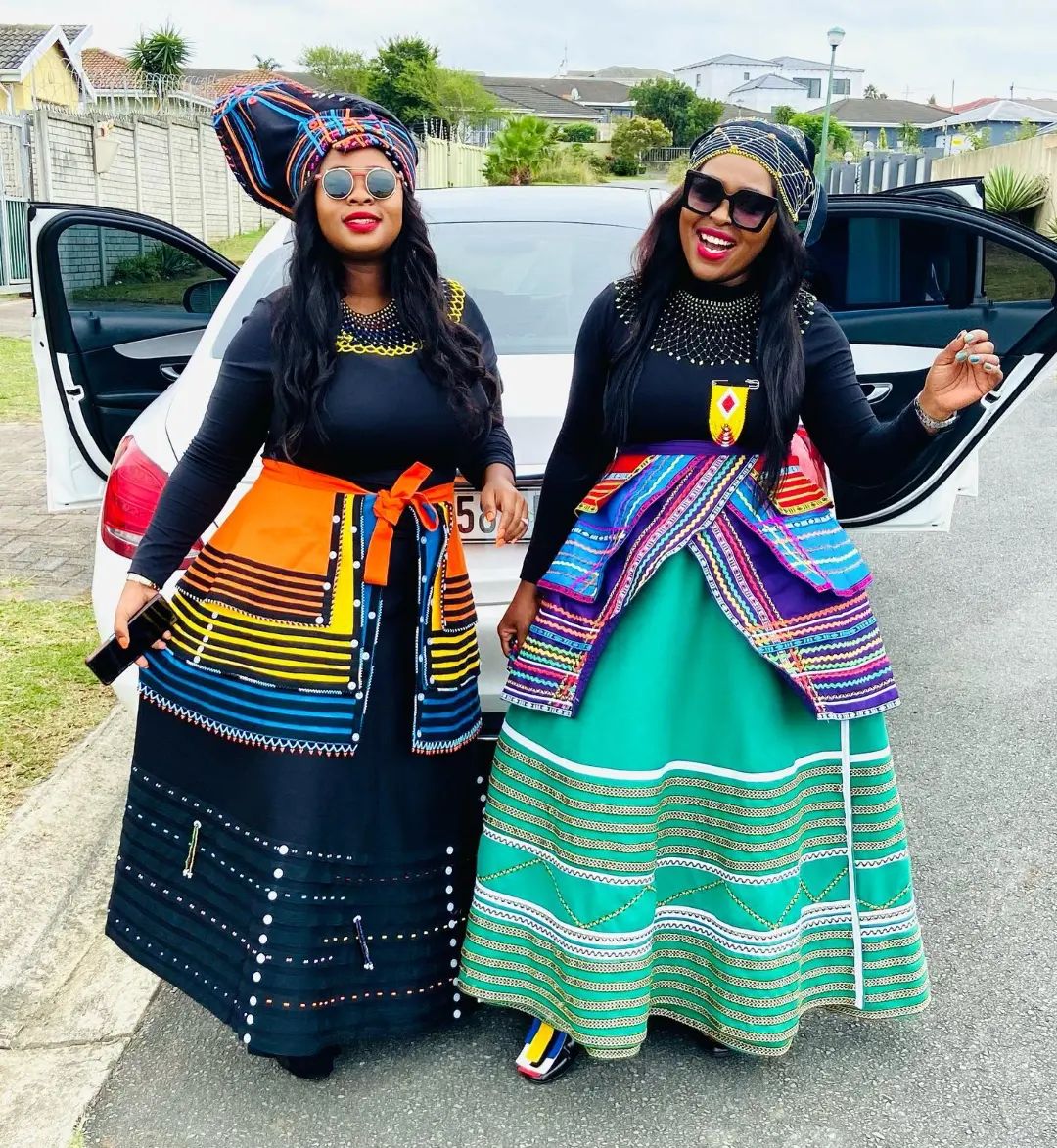
Xhosa Dresses for Women
When it comes to showcasing the rich cultural heritage of South Africa, Xhosa dresses for women are a true representation of elegance and tradition. These dresses, known for their vibrant colors and intricate designs, are a symbol of the Xhosa people’s identity and pride.
Styles, cuts, and accessories in women’s Xhosa dresses
Xhosa dresses for women come in various styles and cuts, each with its own unique charm. Some popular styles include the “isidwaba,” a wraparound skirt worn with a matching top, and the “umbhaco,” a colorful dress adorned with beadwork and embroidery.
Accessories play an important role in completing the Xhosa dress ensemble. Women often wear beaded necklaces, bracelets, and earrings, as well as traditional headscarves or turbans known as “doeks.” These accessories add an extra touch of authenticity and cultural significance to the overall look.
Whether worn for special occasions or everyday wear, Xhosa dresses are a celebration of South African heritage and a way for women to connect with their roots. The vibrant colors, intricate designs, and traditional accessories all contribute to the beauty and uniqueness of these garments.
In conclusion, Xhosa dresses for women are not just clothing items; they are a reflection of culture, tradition, and identity. By wearing these dresses, women proudly showcase their South African heritage and keep their traditions alive for generations to come.
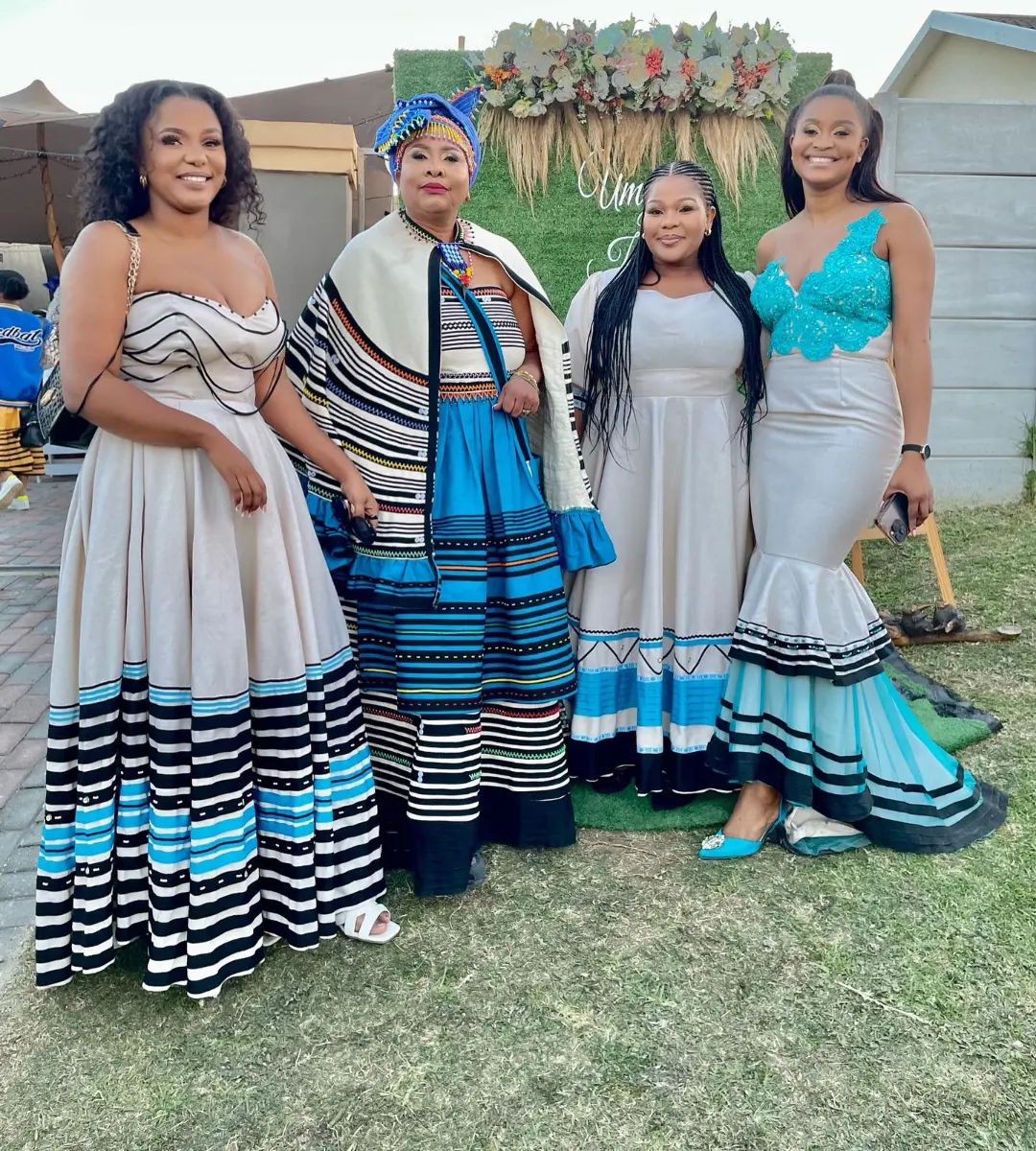
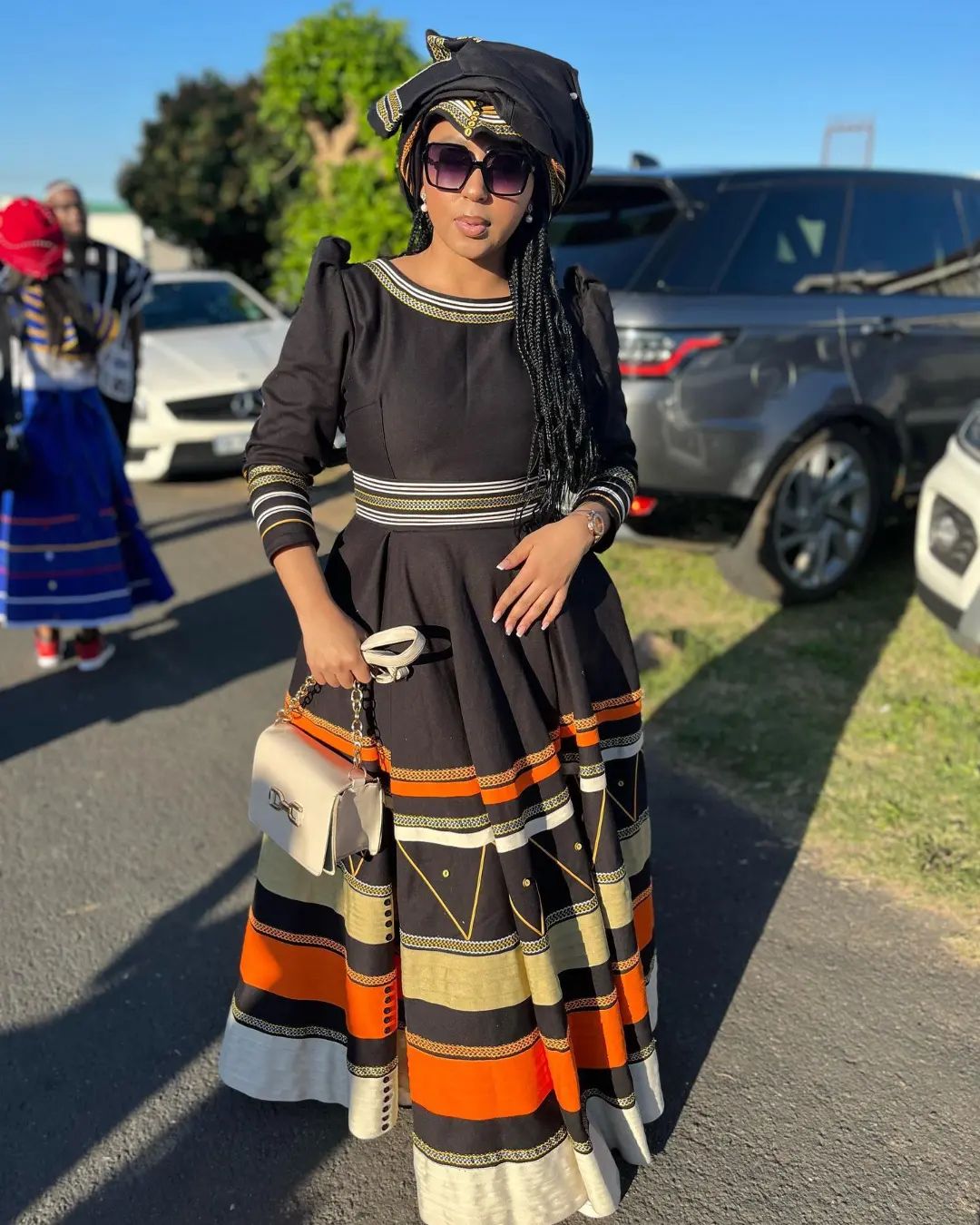
Xhosa Dresses for Men
When it comes to traditional attire in South Africa, Xhosa dresses for men are a vibrant and significant part of the country’s rich cultural heritage. These dresses showcase the unique traditions and customs of the Xhosa people. From ceremonial occasions to everyday wear, Xhosa dresses for men carry cultural meanings that are deeply rooted in history and identity.
Traditional attire options and cultural meanings for men
- Isixhosa: The Xhosa language is reflected in the intricate patterns and designs of their dresses. Isixhosa symbols and motifs are often incorporated into the fabric, representing various aspects of Xhosa culture, such as spirituality, ancestry, and community.
- Ibhayi: This is a traditional Xhosa dress style that consists of a long, flowing robe-like garment. It is typically made from brightly colored fabric and adorned with beaded embellishments. The ibhayi dress holds cultural significance as it represents masculinity, pride, and a connection to one’s roots.
- Umgqo: Another popular Xhosa dress style for men is the umgqo, which is a tailored suit made from traditional Xhosa fabric. This modern take on traditional attire combines Western fashion elements with Xhosa aesthetics, creating a unique blend of contemporary and cultural fashion.
Xhosa dresses for men not only celebrate South African heritage but also serve as a way to preserve and pass down cultural traditions from generation to generation. By embracing these traditional garments, men can express their pride in their heritage while honoring the customs and values of the Xhosa people.
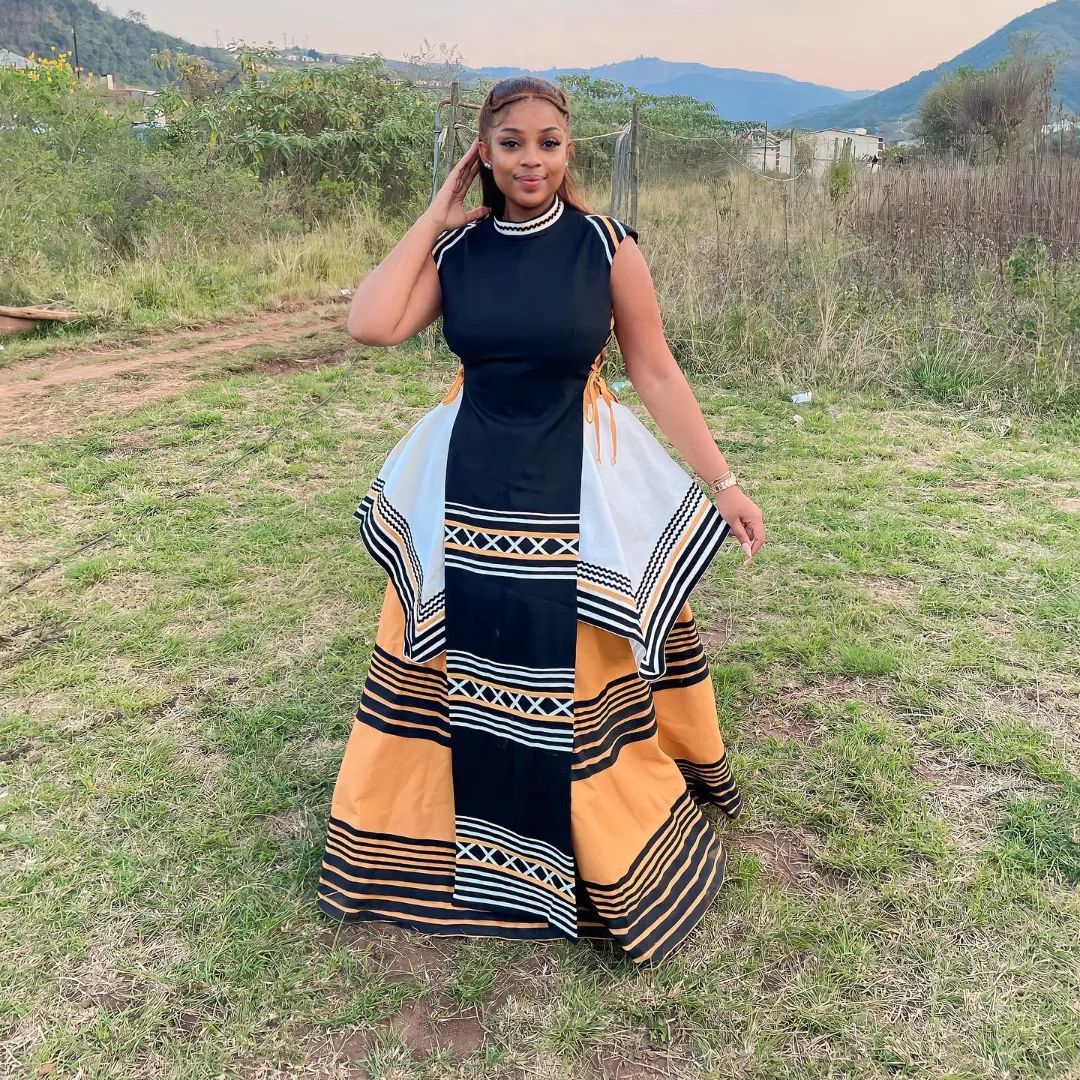
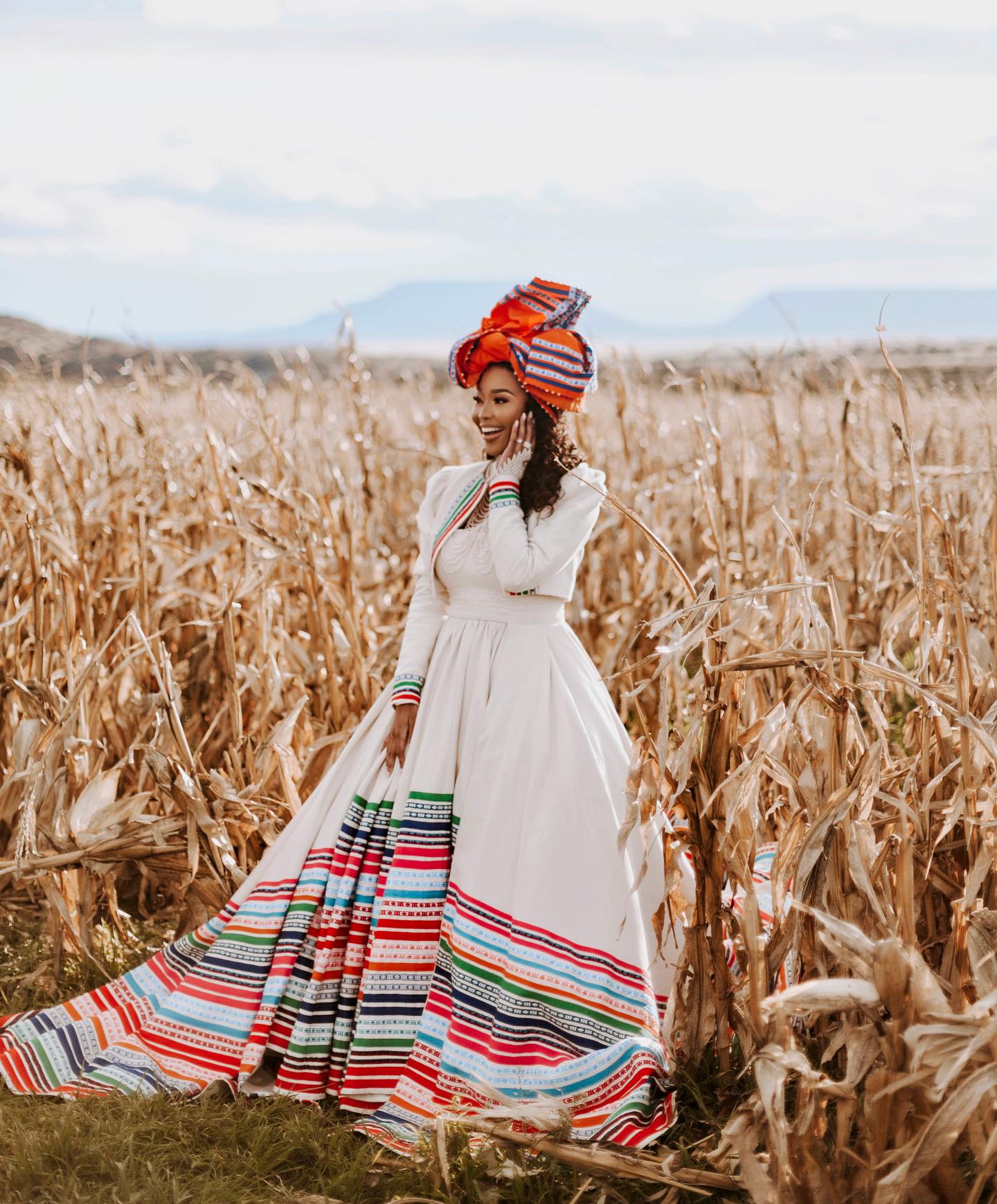
Xhosa Dresses for Special Occasions
When it comes to showcasing the rich cultural heritage of South Africa, Xhosa dresses play a significant role. These traditional garments are not only beautiful but also hold ceremonial significance for various special occasions, including weddings, initiations, and other celebrations.
Dress styles and ceremonial significance for weddings, initiations, and other celebrations
Xhosa dresses are known for their vibrant colors, intricate beadwork, and unique designs. Each dress style carries its own symbolic meaning and is worn during specific events. For example, the “isidwaba” is a skirt worn by Xhosa brides during their wedding ceremonies, symbolizing purity and new beginnings. The “umbhaco” is another popular dress style worn during initiations and other cultural celebrations.
These dresses not only showcase the beauty of Xhosa culture but also serve as a way to preserve and pass down traditions from one generation to another. They are a visual representation of the values, customs, and history of the Xhosa people.
Whether you are attending a Xhosa wedding or simply want to embrace the beauty of South African culture, wearing a Xhosa dress is a wonderful way to celebrate and honor the traditions of this vibrant community.
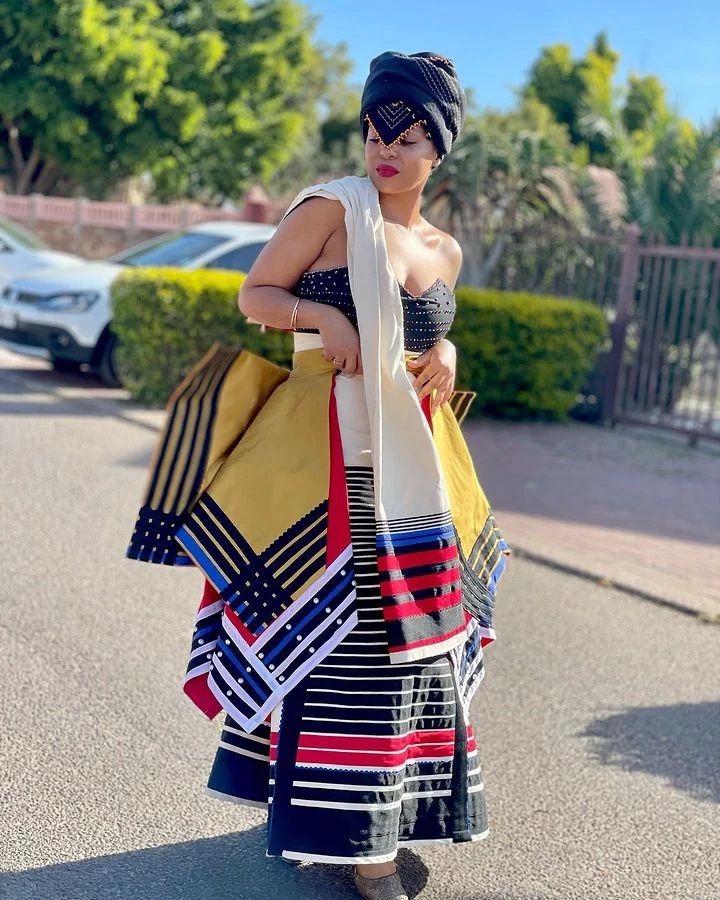
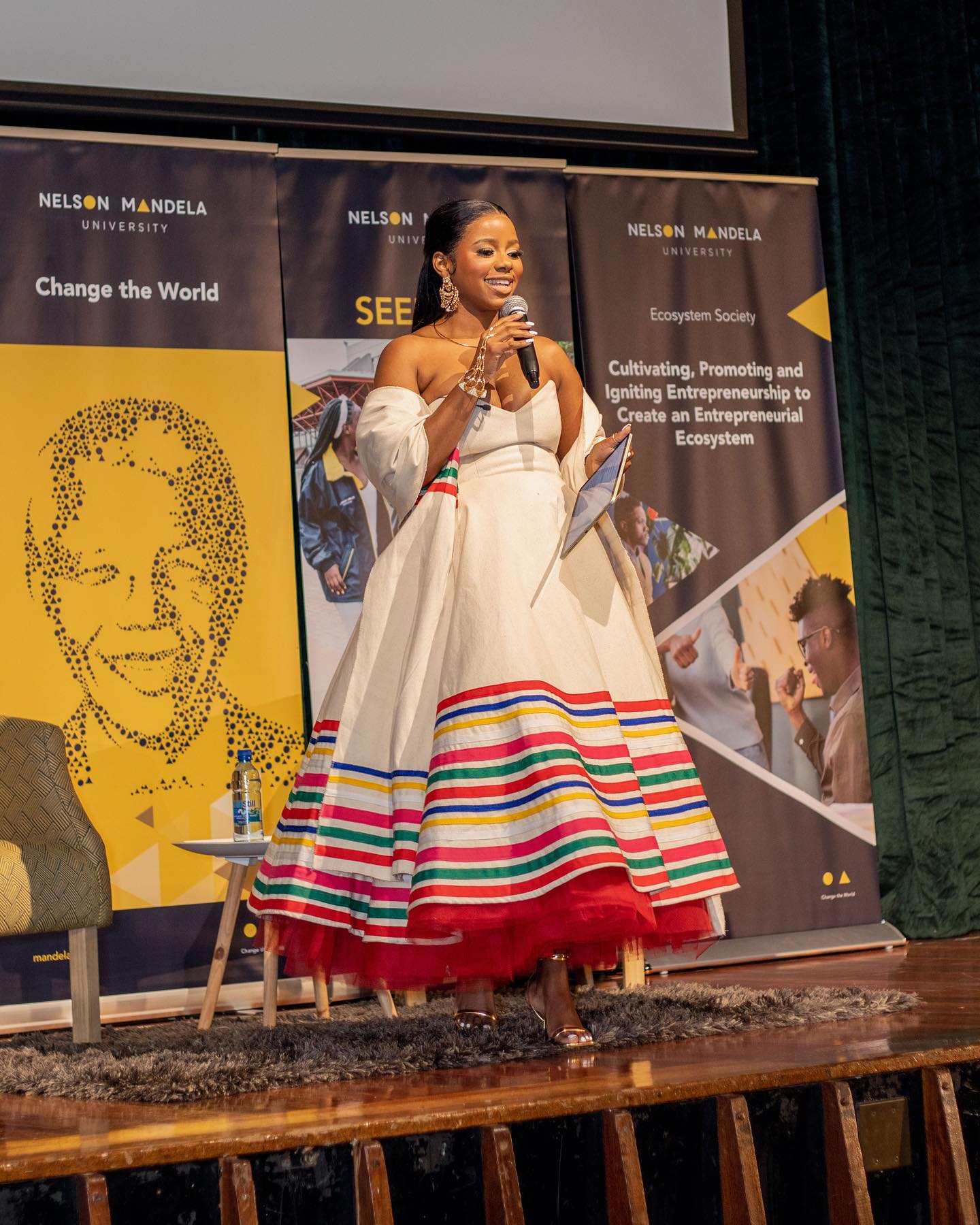
The Influence of Xhosa Dresses in Contemporary Fashion
How Xhosa dress designs have influenced modern fashion trends
Xhosa dresses, traditional garments from South Africa, have made a significant impact on contemporary fashion. These vibrant and colorful dresses showcase the rich cultural heritage of the Xhosa people and have become a source of inspiration for designers around the world.
The unique patterns, bold colors, and intricate beadwork of Xhosa dresses have been incorporated into modern fashion designs, bringing a touch of African elegance to runways and red carpets. Celebrities and fashion enthusiasts alike have embraced the beauty and versatility of Xhosa dresses, wearing them for special occasions or incorporating elements into their everyday wardrobe.
Xhosa dress designs have also influenced the fashion industry by promoting sustainability and ethical practices. Many designers are now working with local artisans and communities to create Xhosa-inspired clothing using traditional techniques and materials. This not only preserves the cultural heritage but also supports local economies and promotes fair trade.
Moreover, the popularity of Xhosa dresses has sparked a renewed interest in African fashion as a whole. Designers from across the continent are gaining recognition for their unique styles and craftsmanship, contributing to a more diverse and inclusive fashion industry.
In conclusion, Xhosa dresses have become more than just traditional garments; they are now symbols of cultural pride and inspiration in contemporary fashion. Their influence can be seen in the vibrant colors, bold patterns, and sustainable practices embraced by designers worldwide.
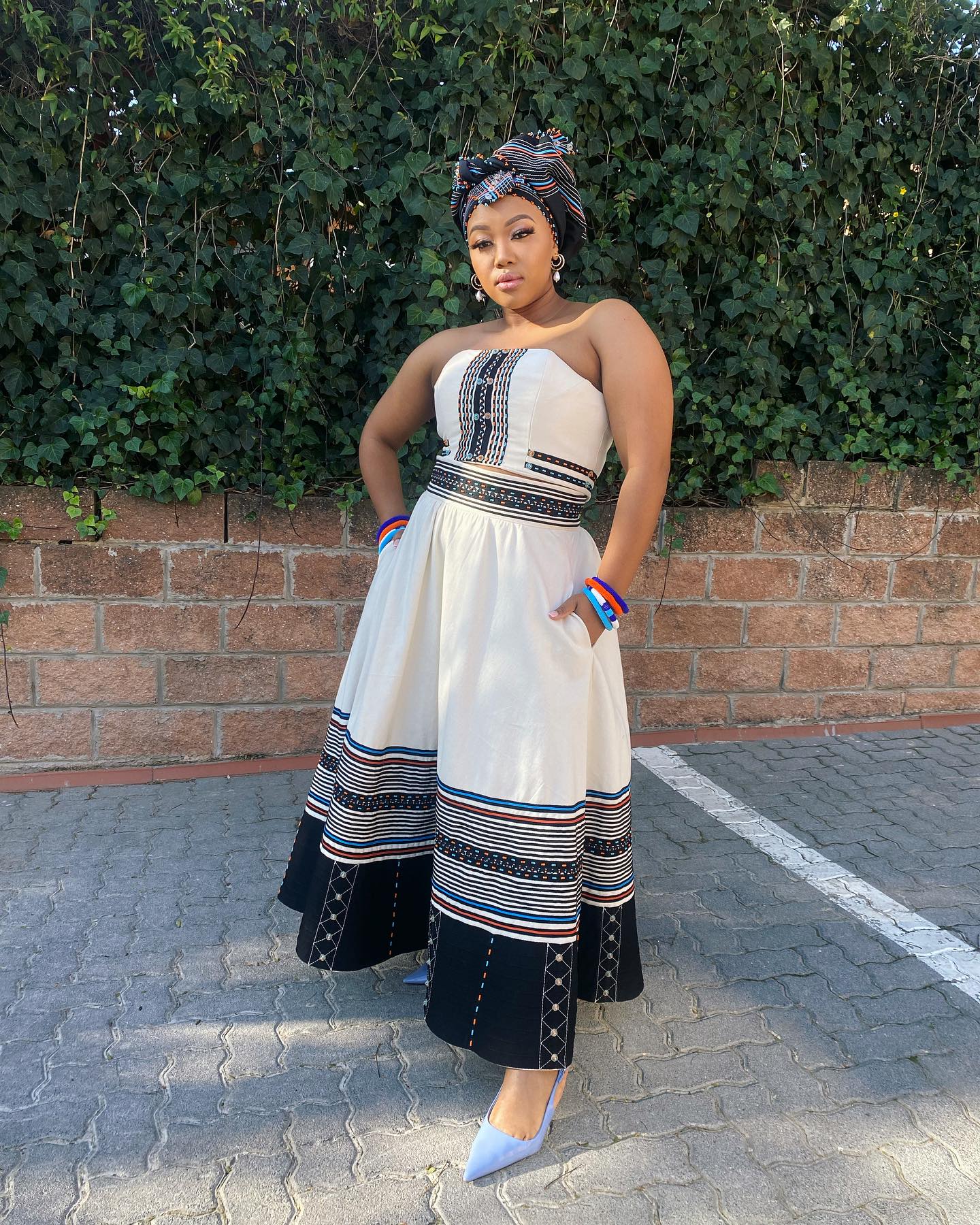
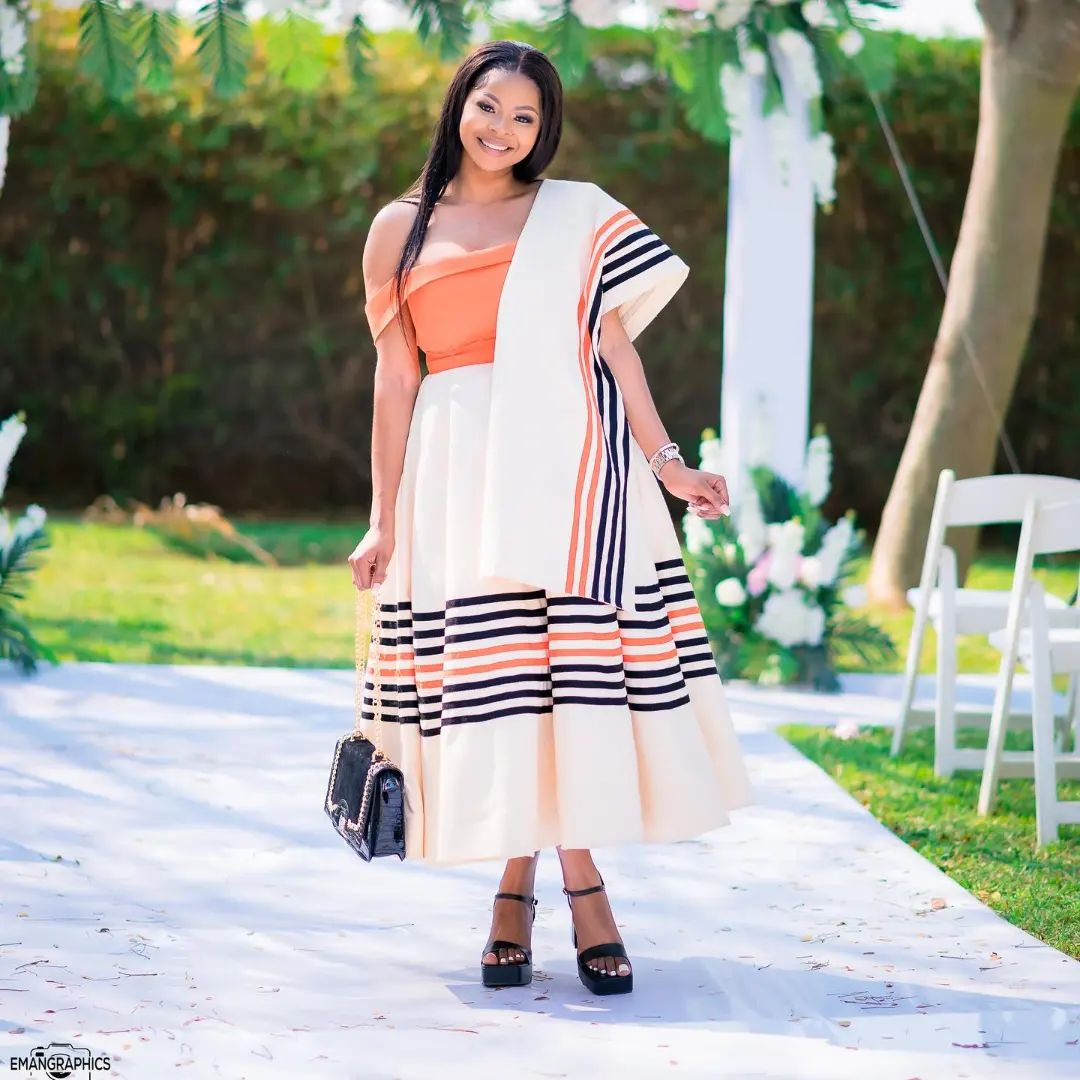
Xhosa Dress Designers and Brands
Notable designers and brands specializing in Xhosa dress creations
Xhosa dresses are traditional garments that showcase the rich heritage of South Africa. These dresses are known for their vibrant colors, intricate beadwork, and unique designs. Several designers and brands have dedicated themselves to creating stunning Xhosa dress creations, preserving and promoting this cultural tradition. Some notable names in the industry include Laduma Ngxokolo of MaXhosa Africa, Thabo Makhetha, and Vukile Batyi. These designers and brands have gained recognition both locally and internationally for their exceptional craftsmanship and ability to blend traditional Xhosa elements with contemporary fashion trends. Whether it’s for a special occasion or everyday wear, Xhosa dresses offer a beautiful way to celebrate South African culture and heritage.
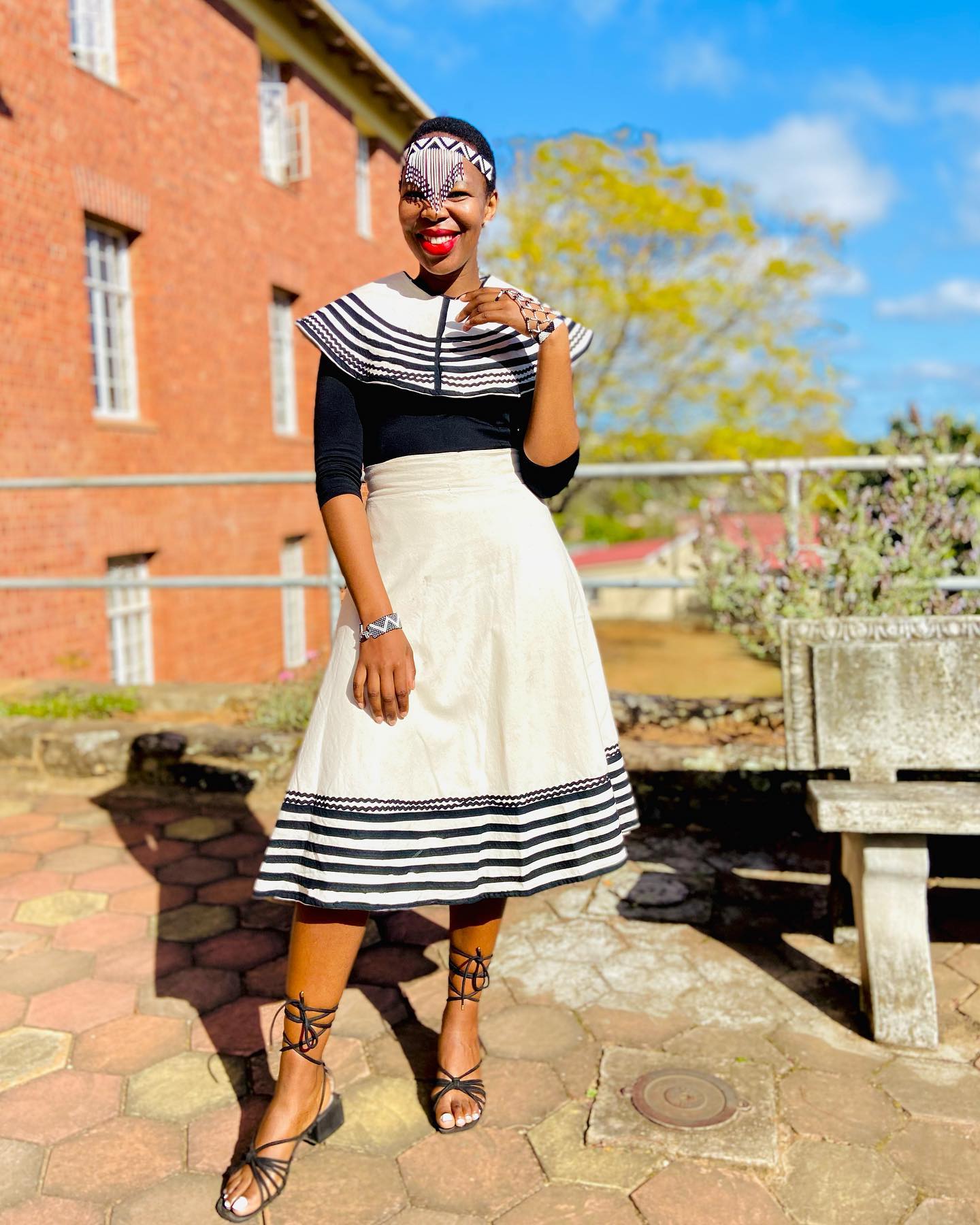
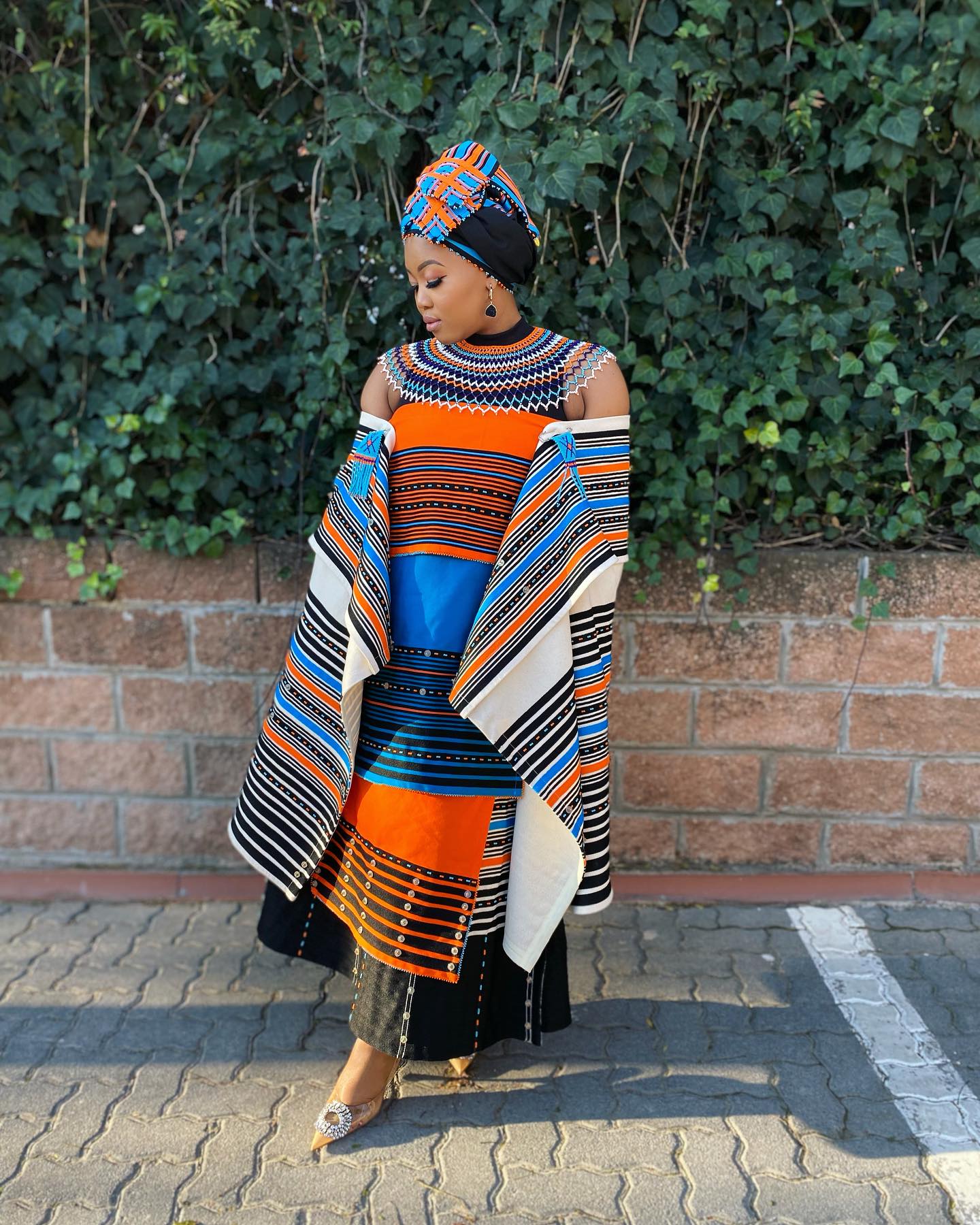
Preserving and Promoting Xhosa Dress Heritage
Efforts to preserve and promote the cultural heritage of Xhosa dresses
Xhosa dresses are traditional garments that showcase the rich cultural heritage of South Africa. These dresses are known for their vibrant colors, intricate beadwork, and unique designs. Efforts are being made to preserve and promote this cultural heritage, ensuring that future generations can appreciate and celebrate the beauty of Xhosa dresses. Organizations, museums, and fashion designers are collaborating to showcase these dresses in exhibitions, fashion shows, and cultural events. By doing so, they are not only preserving the history and traditions associated with Xhosa dresses but also promoting South African culture to a global audience. These efforts play a crucial role in keeping the legacy of Xhosa dresses alive and ensuring that they continue to be cherished as an integral part of South African heritage.
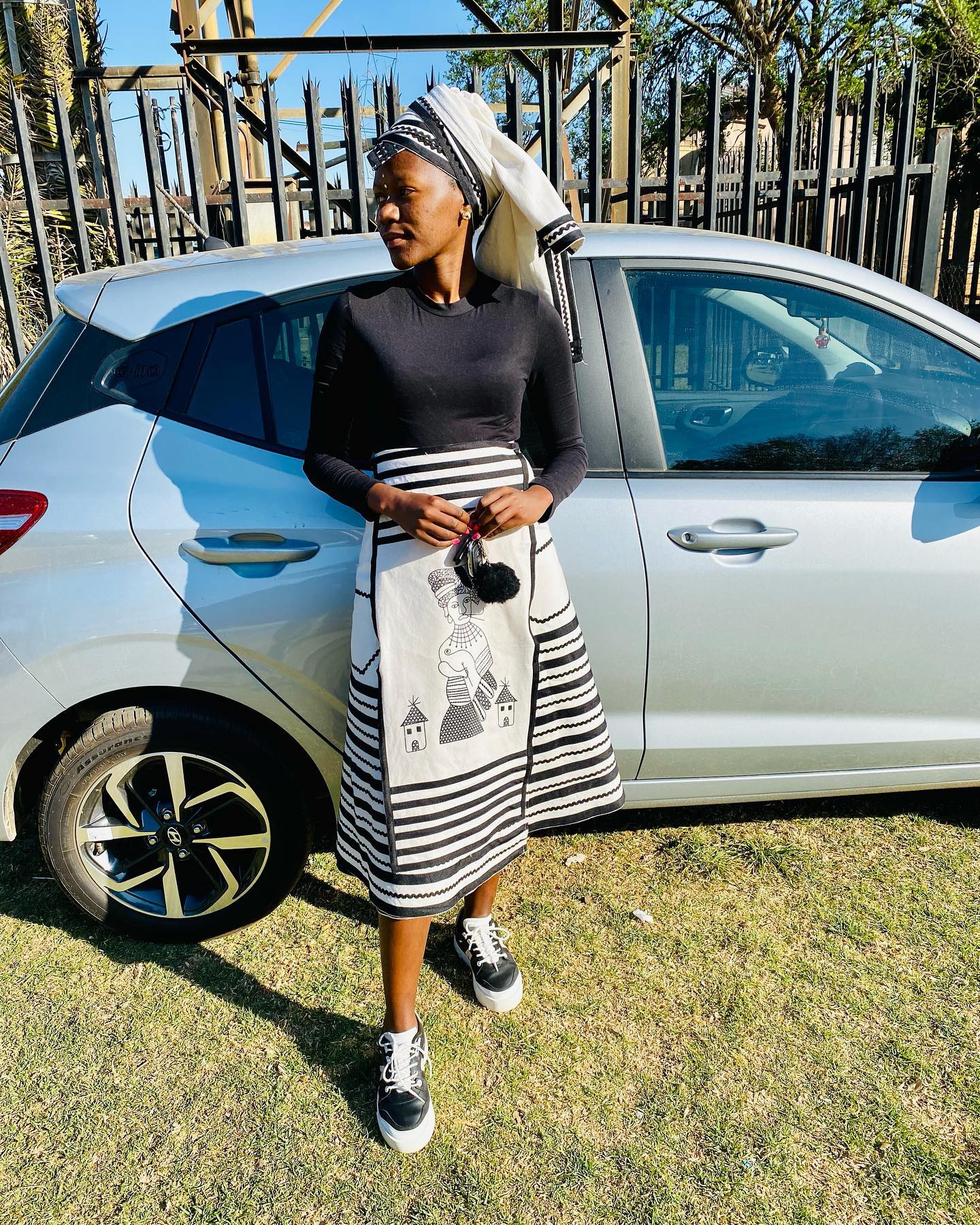
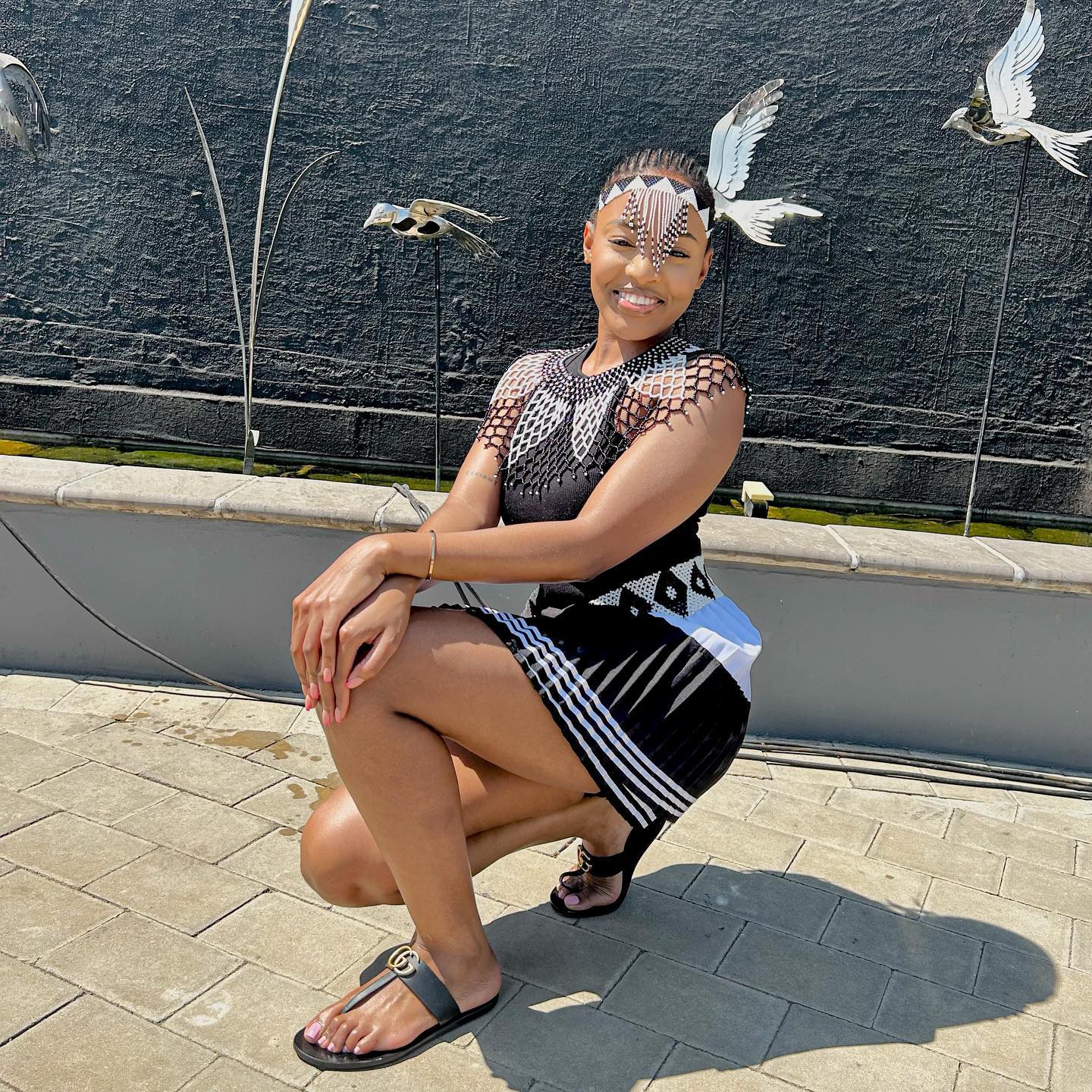
Conclusion
Xhosa dresses are not just garments, but symbols of South African heritage and cultural identity. These traditional dresses showcase the enduring beauty and rich history of the Xhosa people. From their vibrant colors and intricate beadwork to their unique designs, Xhosa dresses are a testament to the creativity and craftsmanship of the Xhosa community. Whether worn for special occasions or everyday wear, these dresses continue to be cherished and celebrated as an integral part of South African culture.



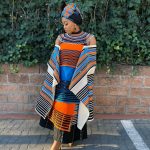

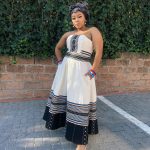

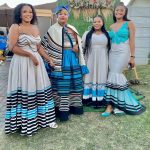
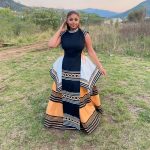
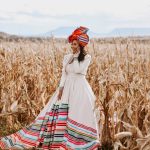
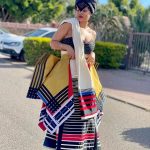

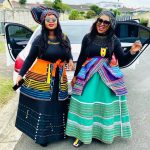
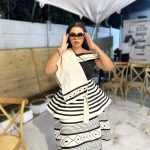




Comments are closed.